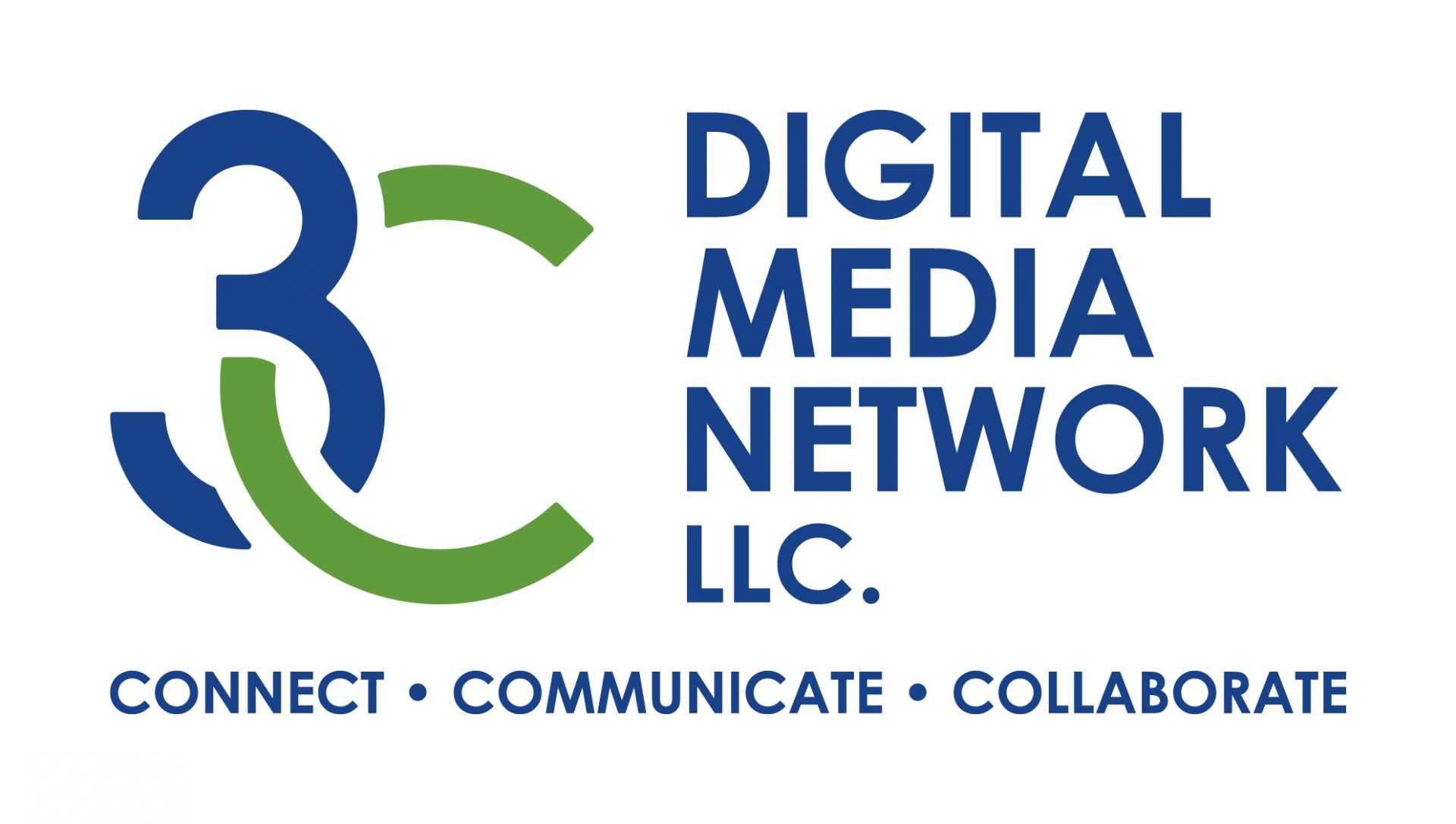Read time: 2.5 minutes
In his lecture The Conflict of Modern Culture (1918), German sociologist and philosopher Georg Simmel described culture as “when the creative dynamism of life produces certain artifacts which provide it with forms of expression and actualization, and which in their turn absorb the constant flow of life, giving it form and content, scope and order: e.g., civil laws and constitutions, works of art, religion, science, technology and innumerable others.”
There are many ways to describe American Culture if we agree that "culture" means the products created by the people — material and immaterial things (e.g., music, art, buildings, rituals, occupations, politics, religions, superstitions).
Based on my cursory survey of some of these material and immaterial products, I would describe contemporary American Culture as more masculine than feminine, more youthful than senescent, more acquisitive than generous, more active than reflective, more religious than secular – and proudly so.
Others might offer a different list, depending on the evidence they chose to consider or the period of U.S. history being reviewed.
Order and Control
I think it would be safe to say American Culture is also marked by a belief in "control," "order," and "safety" because of the amount of public and private money we spend at all levels — federal, state, municipal, mall security, home surveillance — to enforce boundaries, to keep others from doing us harm or taking our property.
According to one source, the U.S. spends at least $759,325,125 per day on police and prisons. (How much did the US spend on police, prisons in FY2021? (substack.com). Many Americans recently told the Pew Research Center they would support spending even more to keep their communities safe. (Americans’ support for more police spending in their area is growing | Pew Research Center)
War and Peace
I argue American Culture is also more combative than conciliatory or peace-loving, as indicated, by popular pastimes and entertainment. In 2021, the U.S. boxing industry was worth about $700 million. The same year, the National Football League generated nearly $18 billion in revenue, a figure bested by more than $1 billion the following year.
Not coincidentally, perhaps combativeness is present in the war imagery ofthe “National Anthem” played before many sporting events.
… Whose broad stripes and bright stars through the perilous fight,
O’er the ramparts we watch’d, were so gallantly streaming?
And the rockets’ red glare, the bombs bursting in air …
The same couldn’t be said about “America the Beautiful,” a patriotic tune some argue would make a better (and more singable) anthem. Might American Culture be perceived differently if we rose and sang these words before kick-off?
America! America!
God shed His grace on thee,
And crown thy good with brotherhood
From sea to shining sea!
Order and Safety
We erect monuments, one of the most real and enduring forms of cultural artifacts, in honor of those who fought in wars or patrolled the streets. The purpose of these, I feel, is not just to respect those whose job was to enforce order and safety but to signal CLEARLY to future generations the extent to which we will go to do so.
To my mind, the messaging is unmistakable and supports American Culture values of order, safety, and their related industries -- the military, domestic law enforcement, prisons. Some might even argue public education plays a part and this is how one aspect of American Culture is passed down over time.
That is, until challenged by shifting priorities and social realties.

